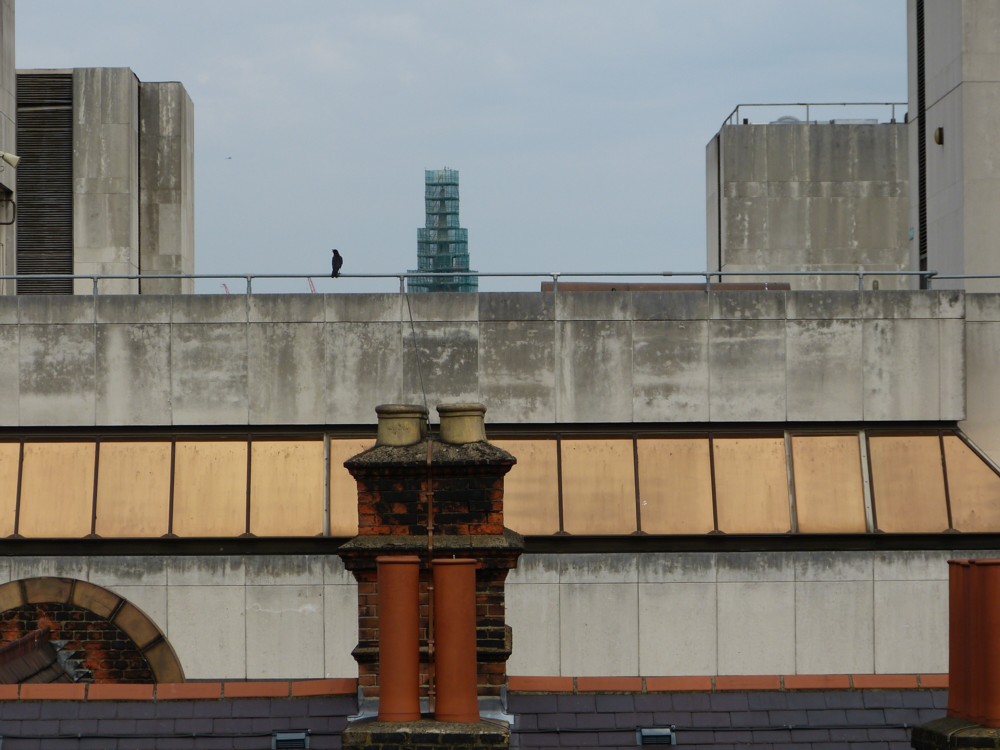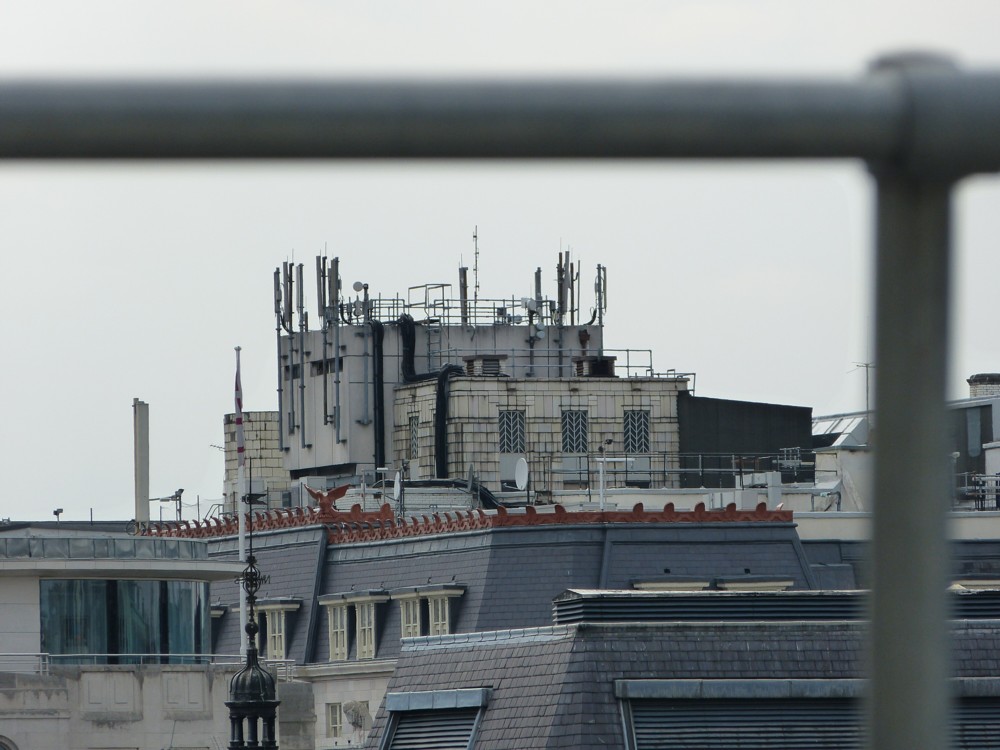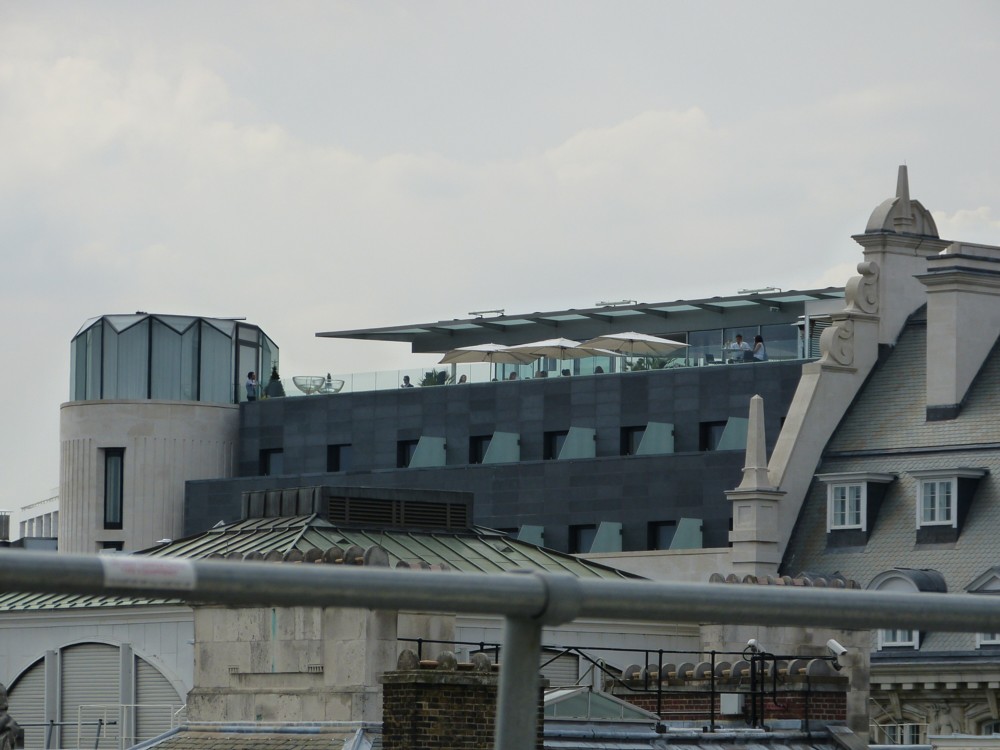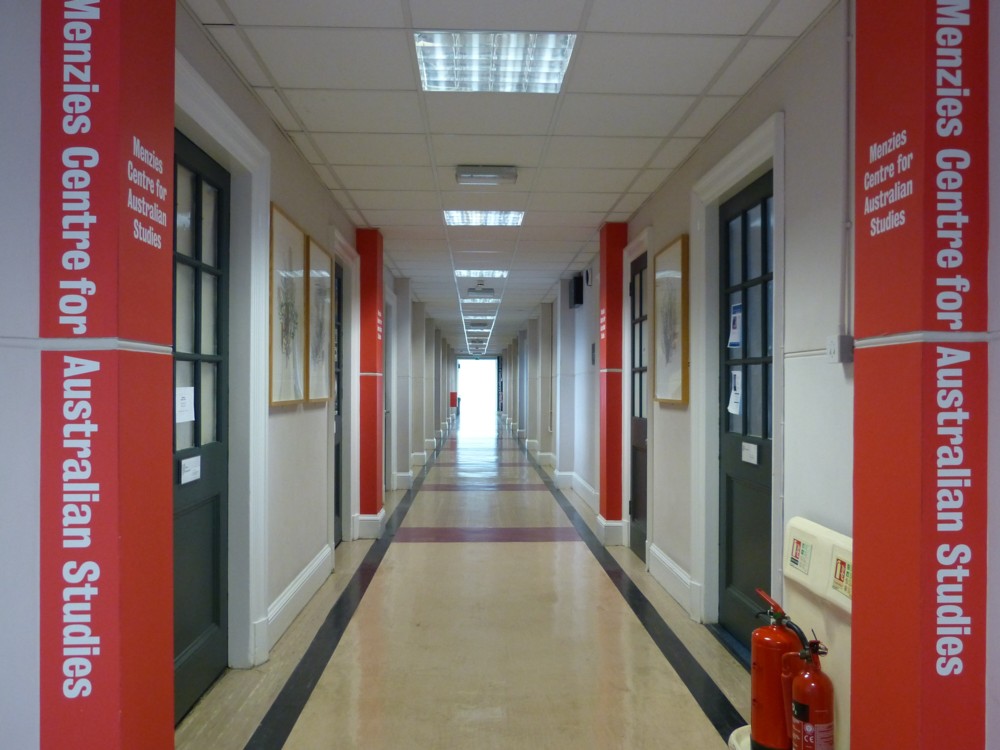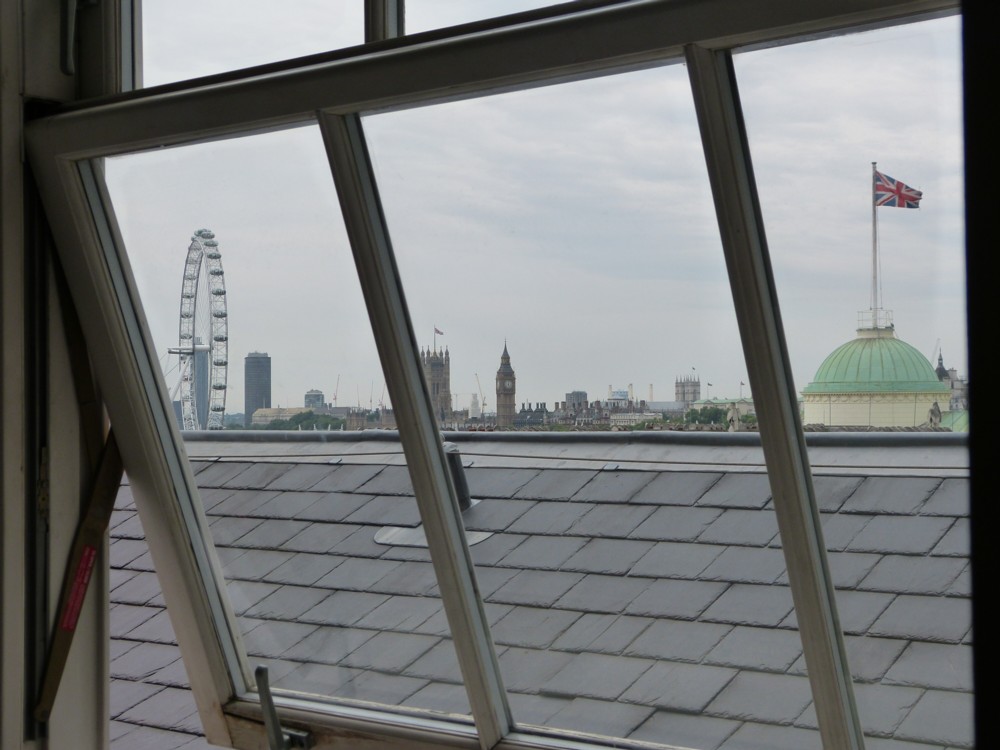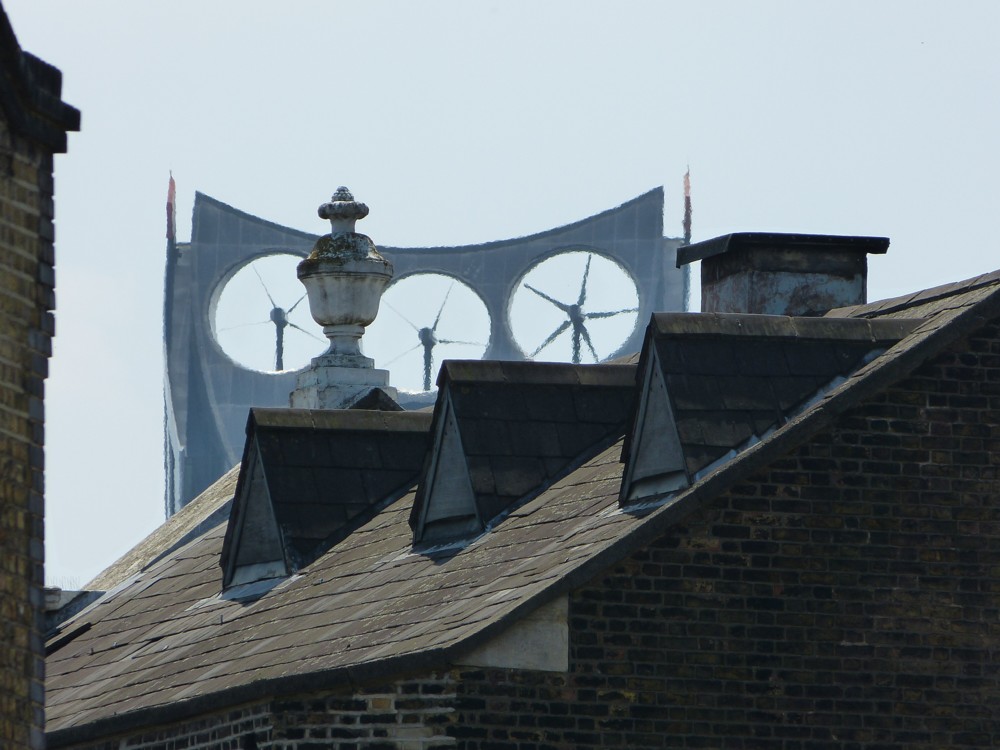Incoming (“A quote you may like”) from Richard Carey, who gave a great talk at my home last Friday, at my latest Last Friday, about The English Radicals at the time of the Civil War:
Here’s a quote from Algernon Sidney’s ‘Discourses on Government’, which lost him his head but gained him the admiration of Jefferson and others. Somewhere into the second paragraph, you will know why I have sent this!
The book is a riposte to one by a fellow named Filmer who wrote in support of the Divine Right of Kings, a notion Sidney found odious and false.
So, Richard having already supplied me with this excellent SQotD, penned by John Lilburne, we now have this:
Implicit Faith belongs to Fools, and Truth is comprehended by examining Principles
Whilst Filmer’s business is to overthrow liberty and truth, he, in his passage, modestly professeth not to meddle with mysteries of state, or arcana imperii. He renounces those inquiries through an implicit faith, which never enter’d into the head of any but fools, and such, as through a carelessness of the point in question, acted as if they were so. This is the foundation of the papal power, and it can stand no longer than those that compose the Roman church can be persuaded to submit their consciences to the word of the priests, and esteem themselves discharged from the necessity of searching the Scriptures in order to know whether the things that are told them are true or false. This may shew whether our author or those of Geneva do best agree with the Roman doctrine: But his instance is yet more sottish than his profession. An implicit faith, says he, is given to the meanest artificer. I wonder by whom! Who will wear a shoe that hurts him, because the shoe-maker tells him ’tis well made? or who will live in a house that yields no defence against the extremities of weather, because the mason or carpenter assures him ’tis a very good house? Such as have reason, understanding, or common sense, will, and ought to make use of it in those things that concern themselves and their posterity, and suspect the words of such as are interested in deceiving or persuading them not to see with their own eyes, that they may be more easily deceived. This rule obliges us so far to search into matters of state, as to examine the original principles of government in general, and of our own in particular. We cannot distinguish truth from falsehood, right from wrong, or know what obedience we owe to the magistrate, or what we may justly expect from him, unless we know what he is, why he is, and by whom he is made to be what he is. These perhaps may be called mysteries of state, and some would persuade us they are to be esteemed arcana; but whosoever confesses himself to be ignorant of them, must acknowledge that he is incapable of giving any judgment upon things relating to the superstructure, and in so doing evidently shews to others, that they ought not at all to hearken to what he says.
His argument to prove this is more admirable. If an implicit faith, says he, is given to the meanest artificer in his craft, much more to a prince in the profound secrets of government. But where is the consequence? If I trust to the judgment of an artificer, or one of a more ingenuous profession, ’tis not because he is of it, but because I am persuaded he does well understand it, and that he will be faithful to me in things relating to his art. I do not send for Lower or Micklethwait when I am sick, nor ask the advice of Mainard or Jones in a suit of law, because the first are physicians, and the other lawyers; but because I think them wise, learned, diligent, and faithful, there being a multitude of others who go under the same name, whose opinion I would never ask. Therefore if any conclusion can be drawn from thence in favour of princes, it must be of such as have all the qualities of ability and integrity, that should create this confidence in me; or it must be proved that all princes, in as much as they are princes, have such qualities. No general conclusion can be drawn from the first case, because it must depend upon the circumstances, which ought to be particularly proved: And if the other be asserted, I desire to know whether Caligula, Claudius, Nero, Vitellius, Domitian, Commodus, Heliogabalus, and others not unlike to them, had those admirable endowments, upon which an implicit faith ought to have been grounded; how they came by them; and whether we have any promise from God, that all princes should forever excel in those virtues, or whether we by experience find that they do so. If they are or have been wanting in any, the whole falls to the ground; for no man enjoys as a prince that which is not common to all princes: And if every prince have not wisdom to understand these profound secrets, integrity to direct him, according to what he knows to be good, and a sufficient measure of industry and valour to protect me, he is not the artificer, to whom the implicit faith is due. His eyes are as subject to dazzle as my own. But ’tis a shame to insist on such a point as this. We see princes of all sorts; they are born as other men: The vilest flatterer dares not deny that they are wise or foolish, good or bad, valiant or cowardly like other men: and the crown doth neither bestow extraordinary qualities, ripen such as are found in princes sooner than in the meanest, nor preserve them from the decays of age, sickness, or other accidents, to which all men are subject: And if the greatest king in the world fall into them, he is as incapable of that mysterious knowledge, and his judgment is as little to be relied on, as that of the poorest peasant.
My googling abilities are wayward, to put it politely, but based on a fleeting mention of a Micklethwait who was the grandson of “the physician”, the physician Micklethwait does appear to have been quite distinguished. And since he’s a Micklethwait, spelt Micklethwait (without, that is to say, any terminal e), that makes him a relative of mine, or so I have always assumed.
In the course of this googling for ancient Micklethwaits, I also came across this picture, which the National Portrait Gallery has in its collection, of my paternal grandfather, who was a lawyer. Hopefully the sort of lawyer whom Algernon Sidney would have been content to consult. Grandpa Micklethwait died when I was four and I think I must have met him, or at least been shown to him, but I have no recollection of this.
 Sometimes mistakes caused by not holding the camera still can be interesting.
Sometimes mistakes caused by not holding the camera still can be interesting.




